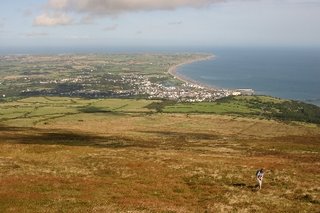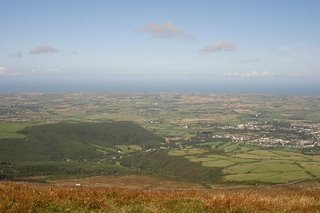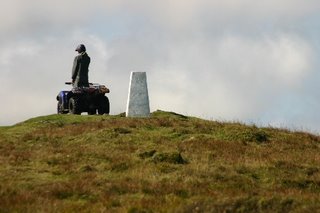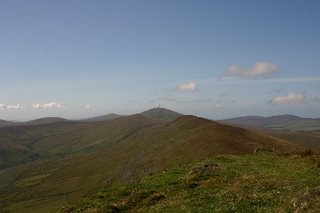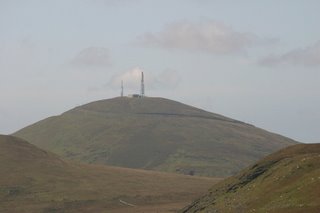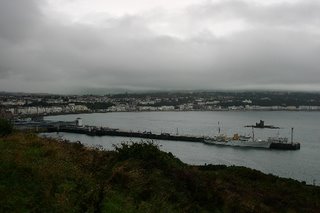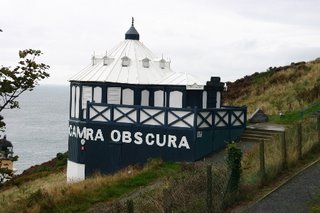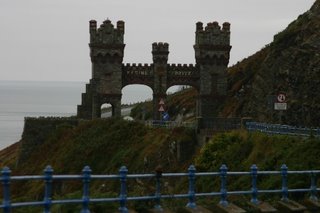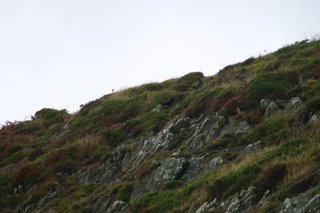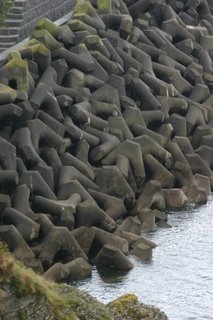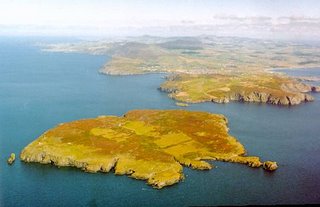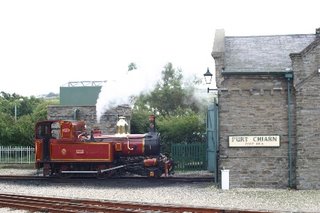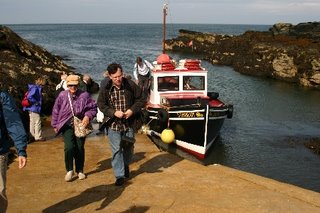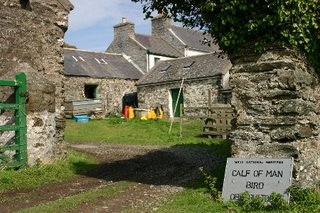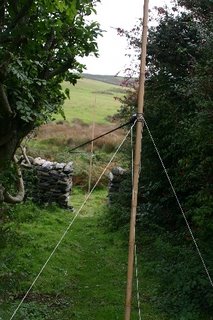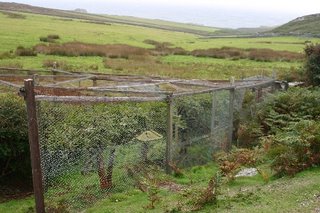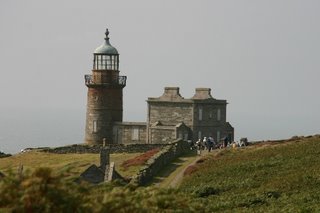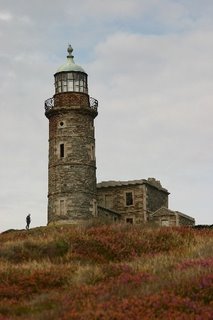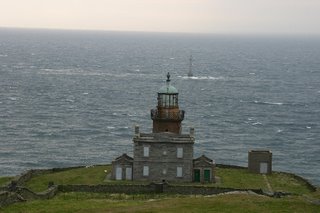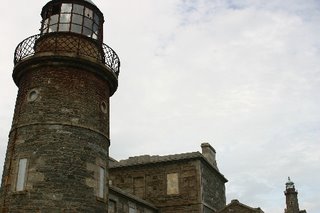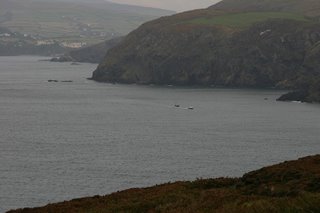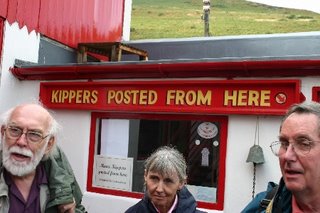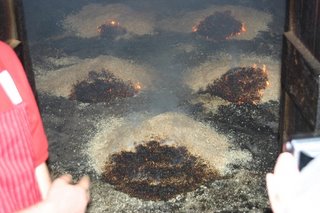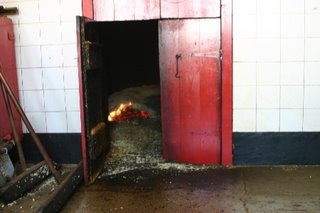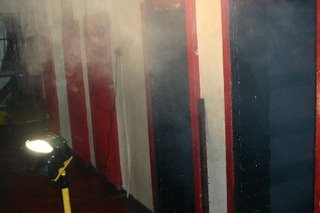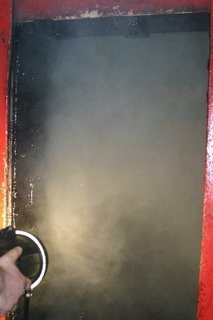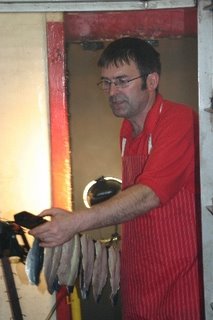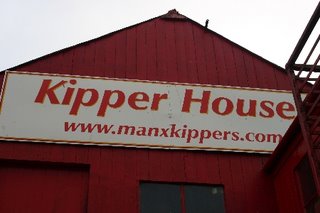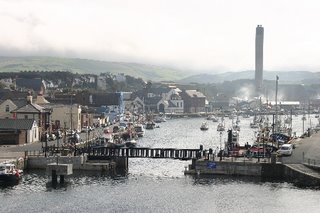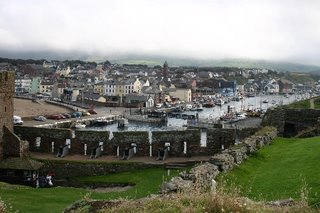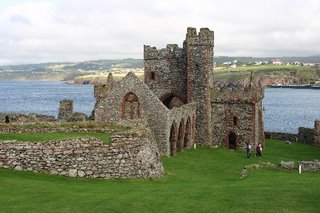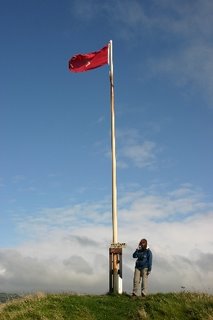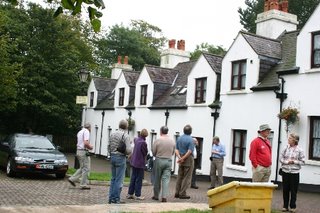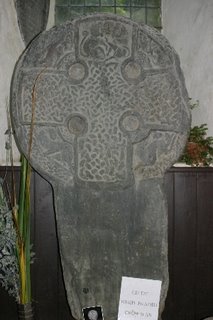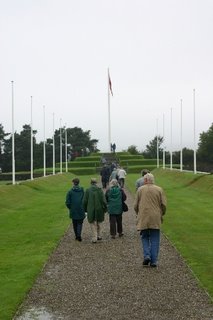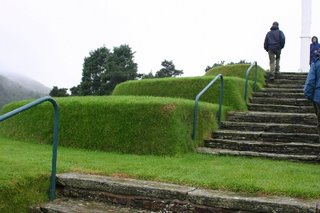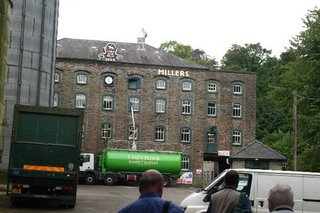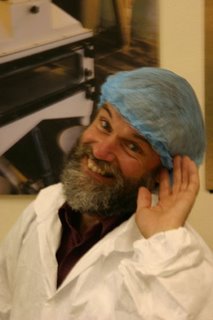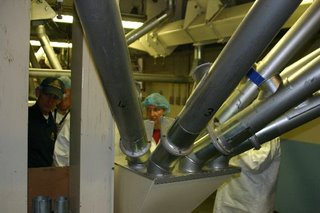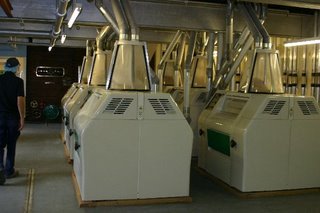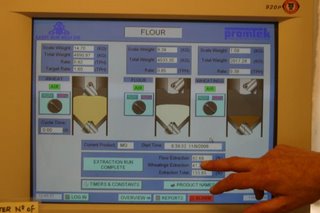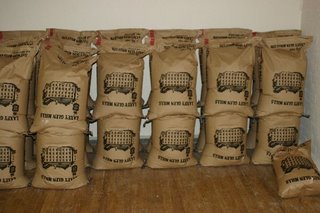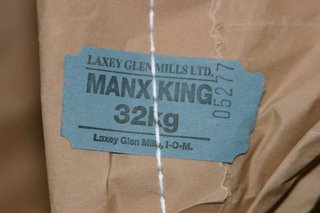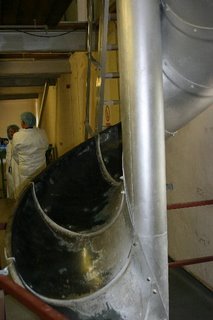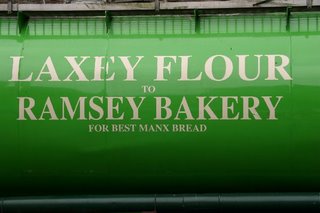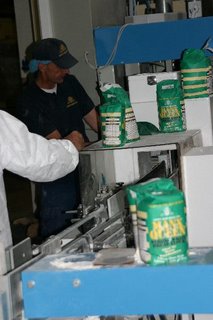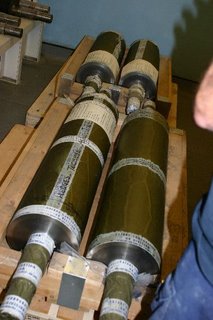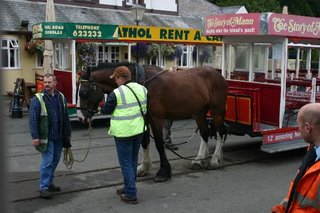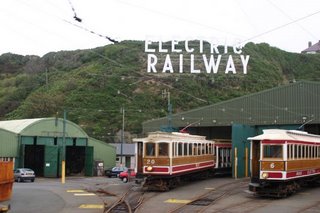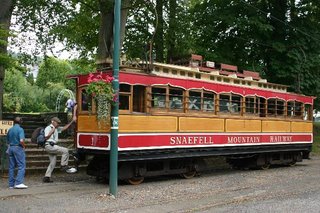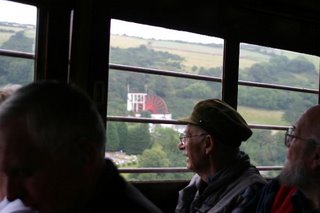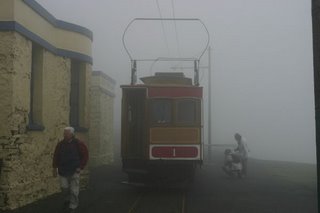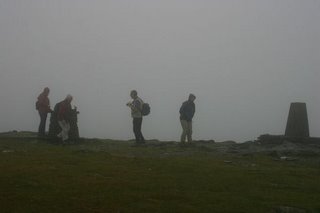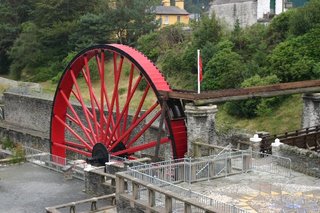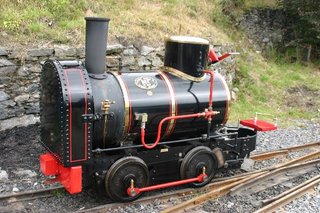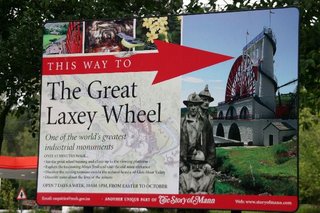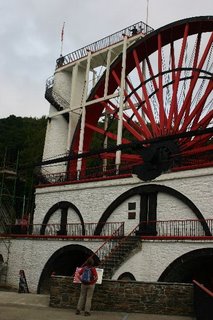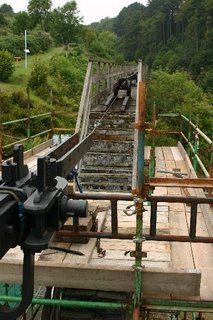Where's the podcast? (Final listing)
[2011 updated update: access to the original podcast player page is no longer possible - please click the individual links below to play each episode individually. The main feed (for use with iTunes or other podcast software) was at http://mistletoe.jellycast.com/podcast/feed/3 but that's not working either at present - I'll see if it's recoverable via Jellycast and update later - JB June 8th 2011]
Here's the list of podcast episodes (remember - they're all complemented by the blog entries below). Click to play or, to keep this window and this index list visible, right-click to play in another window:
- 1 Trial podcast (from Dorset) (in which we fail to catch a steamtrain)
- 2 Arrival and stories of Danish (18th century) Industrial Espionage (In which the AIA congregate in Douglas, are introduced to Manx IA, and I chat with Henrik Harnow about 18th century Danish industrial spies in Etruria and Coalbrookdale - and a brief comment on the relative youth of the Danish IA movement)
- 3 Saturday field visits - trains and Manx language (Steam train to Castletown, Cregneash Folk Museum and the Manx language)
- 4 Douglas Harbour - and tragedies old and new (Sunday) (a trip around the harbour - briefly looking at piers and berths, and the tragedy of the Solway Harvester)
- 5 Manx Electric Railway, Snaefell, Laxey Mine and Flour Mill (Trams to Laxey and then up the mountain, back down to Laxey and a quick look at the wheels, then off to the Laxey Glen Mill, which performs the traditional function of grinding all local flour)
- 6 Speeches and recollections (A reception at the Manx Museum, with some wise words from Manx National Heritage's Chairman, revealing why they are different, plus comments from Angus Buchanan, and Angus' recollections of the founding of the AIA here in Man in 1973)
- 7 Churches, Parliament and the Kipper Factory (a brief account of celtic crosses at Kirk Braddan, a little bit on the Tynwald Parliament (not much though) and lots on the Kipper Factory at Peel)
- 8 Calf of Man - Birds and Lighthouses (a visit to the offshore Calf of Man, where we visit the bird observatory and the twin 1818 Stevenson lighthouses...)
